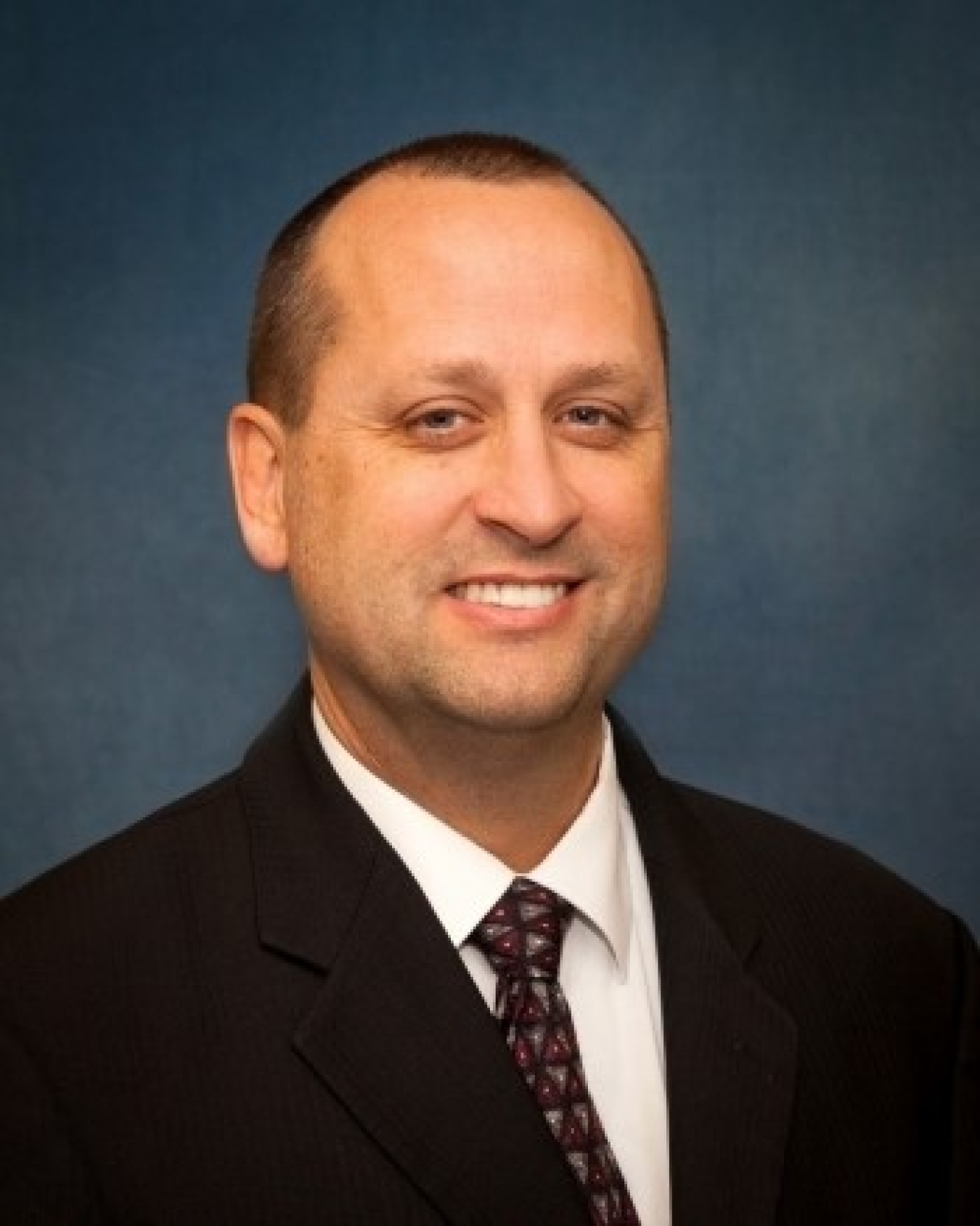The mission to clean up areas used in the production of nuclear weapons may not get as much attention but it’s important to show that the government can address the environmental legacy in the communities that hosted weapons and research facilities.
Office of Environmental Management
August 3, 2021The mission to clean up areas used in the production of nuclear weapons may not get as much attention but it’s important to show that the government can address the environmental legacy in the communities that hosted weapons and research facilities, EM Principal Deputy Assistant Secretary Todd Shrader said in recent remarks.
“There are a lot of lectures about the history of the weapons program, the Manhattan Project era, but we don’t always talk about what happens after that, the cleanup of the effects, and what we are doing to address those issues,” Shrader said in outlining EM’s “back-end” role.
Shrader made the remarks during a presentation sponsored by the National Atomic Testing Museum in Las Vegas as part of the institution’s Distinguished Lecture Series. He detailed the history and accomplishments of the cleanup program dating from near the end of the Cold War, when the government’s focus shifted to address the environmental impacts from decades of weapons work.
In contrast to the necessary secrecy during the weapons production era, EM carries out its mission to address the environmental legacy of the Manhattan Project and Cold War with a premium on transparency and community interactions, Shrader said.
“One of the things we pride ourselves in Environmental Management is we are a very transparent and open-source program,” he said. “I would estimate probably 99 percent of what we deal with, we talk to the public about it. As we make decisions, we need their input to move forward.”

The production of more than 1,000 metric tons of uranium and more than 100 metric tons of plutonium resulted in contamination at a total of 107 sites in 35 states covering an area equal to the combined size of Delaware and Rhode Island. EM was created in 1989 to address the challenge.
Since then, the active cleanup footprint has been reduced by 90%, from 3,300 square miles to less than 300 square miles. More than 25,000 acres have been transferred for beneficial reuse, and 92 sites have been transferred into long-term monitoring following successful cleanup. Of major sites that have been addressed, a portion of Rocky Flats in Colorado is today a wildlife refuge; the Fernald Site in Ohio is a nature preserve; and the Mound Site in Ohio is a business park.
In the process, EM opened the world’s only deep geologic repository for defense-generated transuranic (TRU) waste — the Waste Isolation Pilot Plant in New Mexico. The facility has disposed of more than 70,000 cubic meters of TRU waste, primarily residues, debris, soil, and other items contaminated with small amounts of plutonium and other man-made radioactive elements.
Shrader said 16 cleanup sites remain. Four or five more are expected to be completed in the next 10 years. By 2050, he said, work may be ongoing only at the Hanford Site in Washington state.
“There’s a great sense of pride within our workforce,” Shrader said. “The front-end mission was very important, but the back-end mission is very important, too.
“Not only is it morally right and the right thing to do to clean up these sites, but looking forward, if we want future missions, people who live around these sites have got to know we are going to clean them up. We’re not just going to walk away,” he said.
To receive the latest news and updates about the Office of Environmental Management, submit your e-mail address.

